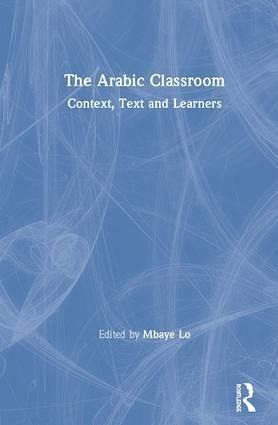
The Arabic Classroom
Context, Text and Learners
Herausgeber: Lo, Mbaye

PAYBACK Punkte
84 °P sammeln!
The Arabic Classroom is a multi-contributor work for trainee and in-service teachers of Arabic as a foreign language.

Context, Text and Learners

Rechnungen
Bestellstatus
Retourenschein
Storno